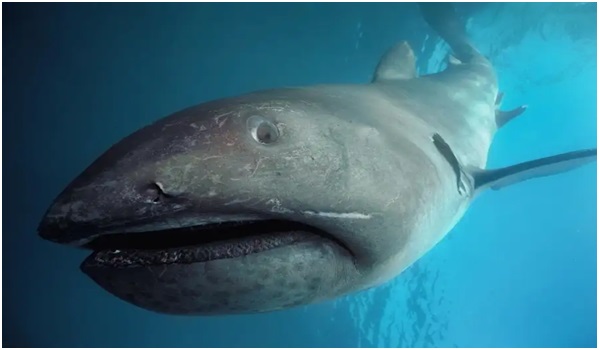Mystery of megamouth shark solved after one washes up in Philippines (Business Insider)

- 06 Dec 2023
Why is it in the News?
Recently a dead 18-foot megamouth shark that washed up on the beach in the Philippines was pregnant, confirming for the first time that these mysterious creatures give birth to live young.
About Megamouth Shark:
- Researchers have found Megamouth sharks to be particularly elusive.
- Since their discovery in 1976, there have been fewer than 300 sightings of these deep-sea sharks.
- Uncovering fewer than 150 specimens, scientists have identified them as the smallest of three species of filtering sharks.
- Their scientific name is Megachasma pelagios.
- Similar to their relatives, the basking sharks, Megamouth sharks feed on krill suspended in seawater, utilizing their oversized mouths to sieve their food.
- Although most sightings have occurred near the Philippines and Taiwan, these sharks have been observed around the world.
- These sharks are found in deep, warm oceanic water and inhabit the Atlantic, Indian, and Pacific oceans.
- Characterized by their substantial size, Megamouth Sharks can reach weights of up to 2700 pounds (1215 kg) and lengths ranging from 425 to 515 cm. Females are generally larger than males.
- Easily recognizable by their large, soft head and anteriorly positioned mouth, their colouration varies from grey to bluish-black above and pale grey below.
- They possess small, hooked teeth along both top and bottom jaws.
- As filter feeders, they swim with their mouths continuously wide open, filtering their preferred planktonic prey.
- The inside of their mouths is equipped with light-producing organs that may attract pelagic crustaceans and other potential prey.
- On the conservation front, the Megamouth Shark is listed as "Least Concern" on the IUCN Red List.
